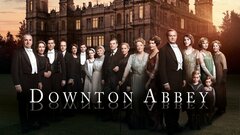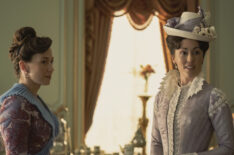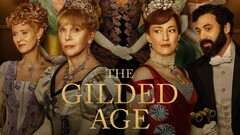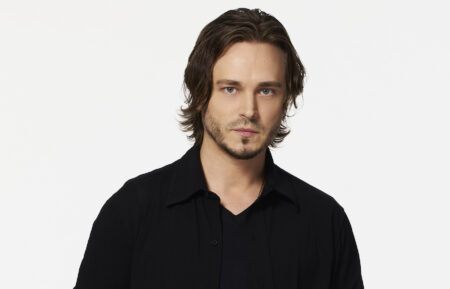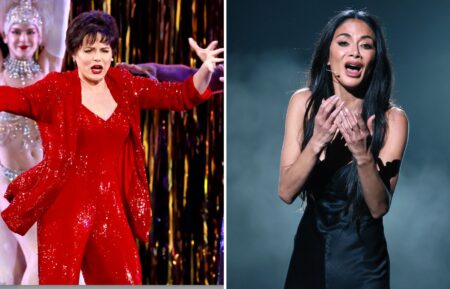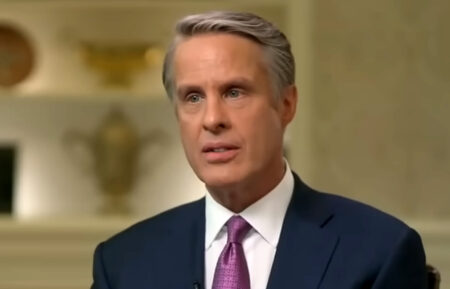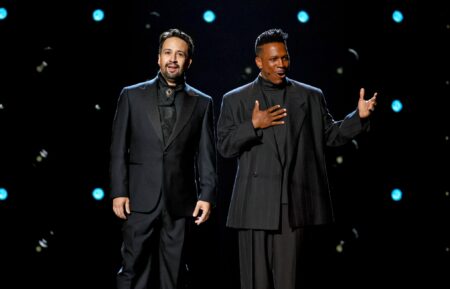‘The Gilded Age’ Is Better Than ‘Downton Abbey’
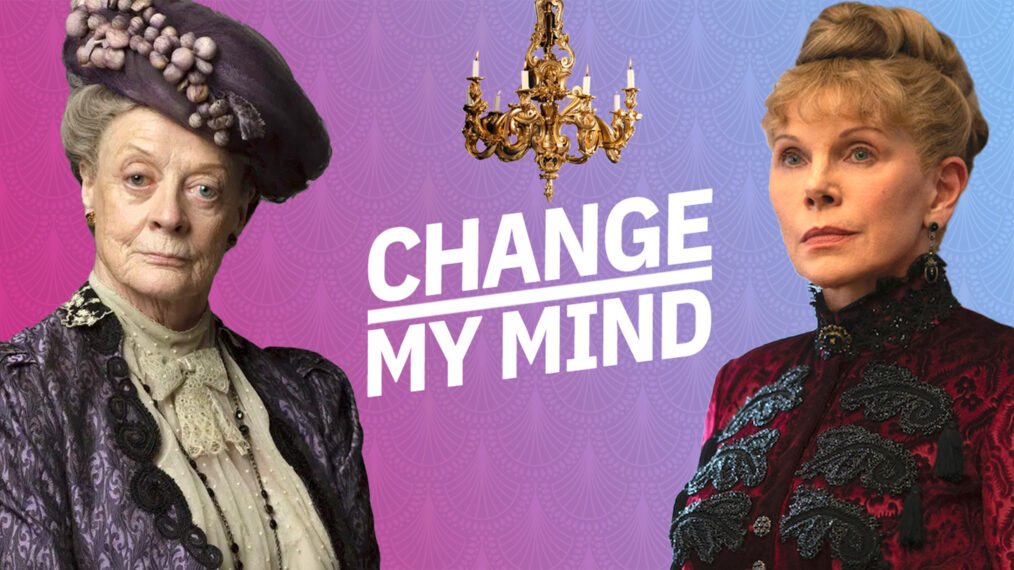
I love The Gilded Age and Downton Abbey. I’ve watched every episode of both shows more than once. I’ve seen all of the Downton Abbey movies. I’ve visited the set of The Gilded Age, recapped it every week it airs, and have interviewed practically every star and creator of it. Since The Gilded Age Season 2 premiered in late October, I’ve been rewatching Downton Abbey (again) to keep the Julian Fellowes vibes flowing as I await my weekly Sunday meeting with the Van Rhijns and the Russells on E. 61st Street.
While simultaneously tuning into these upstairs-downstairs dramas, one thing has become clear: The Gilded Age has lapped its predecessor.
Classism is Fellowes’ favorite topic to dramatize. Nearly every show he’s ever made has been an exploration of class divides within a given social setting of yesteryear. But it’s Downton Abbey and The Gilded Age that are the most similar in structure.
Both center on a wealthy class and the struggles they face to stay relevant/climb the social ladder, as well as the people they employ whose livelihoods depend on their bosses staying rich. They’re not that far removed in the years they take place (The Gilded Age kicks off in 1882 Manhattan, and Downton begins in 1912 in what’s believed to be Yorkshire, England). And Fellowes recreated the tried and true character archetypes of his PBS hit in his HBO follow-up: the central married couple (Robert and Cora Crawley, George and Bertha Russell), the curmudgeonly family matriarch for whom Fellowes saves his most deliciously bitchy lines (Violet Crawley, Agnes van Rhijn); a “spinster” sister who eventually finds love (Edith Crawley, Ada Brook); a detestable lady’s maid serving the lady of the house (O’Brien, Armstrong), and I could keep going.
They’re essentially the same shows in different fonts, but The Gilded Age‘s setting begets more dramatic intrigue than what Downton‘s time period and location has to offer.
Time and the change it brings is the main villain of Downton Abbey. Robert must evolve the estate or let it die, thereby ending his family’s long legacy of maintaining the noble mansion and leaving the scores of workers — many of whom have been employed by the estate for most of their lives — without jobs and homes. The staffs of the Manhattan elite’s households face the same existential threats, but time and change bring promise to their futures more often than not rather than threaten them. (However, I will admit that Downton Abbey makes me care far more for the downstairs staff than The Gilded Age does.)
Downton’s staff didn’t have much hope for upward movement, just hope that they could keep their jobs. With The Gilded Age, the downstairs staff can become the wealthy elite because of the lack of American royals, and seeing this happen in Season 2 with Kelley Curran‘s Turner is just downright scrumptious. Bertha (Carrie Coon) fought hard all of Season 1 to convince the old money to let her into their glamorous clique. Her former lady’s maid — the one who tried to seduce her husband, no less — marrying into old money in Season 2 tests the limits of Bertha’s beliefs that all new money should be accepted. Robert had a fling with a maid in an early season of Downton, and he wasn’t even exposed for it. Where’s the fun in that?
Because of the cutthroat culture of excessive capitalism of this American era, The Gilded Age characters are forced to take bigger swings and use their social skills and business acumen to come out on top. This adds some fear into the dramatic mix. The Crawley family was never cruel, but the Russells knew how to ruin someone’s life if need be. I like my main characters to have that kind of bite. It’s also more entertaining to see the genuinely sexy relationship Bertha and George (Morgan Spector) share. PBS doesn’t do sex, so I didn’t expect sex scenes from Downton‘s couples. But even a little steam would’ve been nice.
Much of The Gilded Age is an American version of Downton plots. But the why behind each Gilded Age character’s actions is what makes me enjoy it more.
Mary Crawley (Michelle Dockery) produced some divinely mean squabbles with Edith (Laura Carmichael), but for no reason other than apparent boredom. That got old. Bertha, on the other hand, I could watch passive-aggressively and deliberately insult people for hours on end as she tries to unseat Mrs. Astor (Donna Murphy) from her throne. And where Downton made some of its most dramatic storylines stretch on for far too long (Mr. Bates’ time in prison is such an unnecessary drag), The Gilded Age has a similar balance of genuine drama and petty squabbles but tells its story at a much faster pace. That doesn’t mean it sacrifices quality storytelling, however. Season 2 has been working smarter, not harder, and the scores of Broadway stars they’ve cast make a meal of every scene.
The capitalistic, cutthroat culture of the American Gilded Age is simply a more intriguing setting for a TV show. The sex isn’t meek, the characters have more drive, and the low stakes feel higher. The Gilded Age is cooking with gas; Downton Abbey was a slow burn. The Gilded Age literally made me scream when Christine Baranski‘s Agnes stormed across the street in the Season 1 finale.
What other show on TV can say walking across the street was a series high? Only The Gilded Age, baby!
